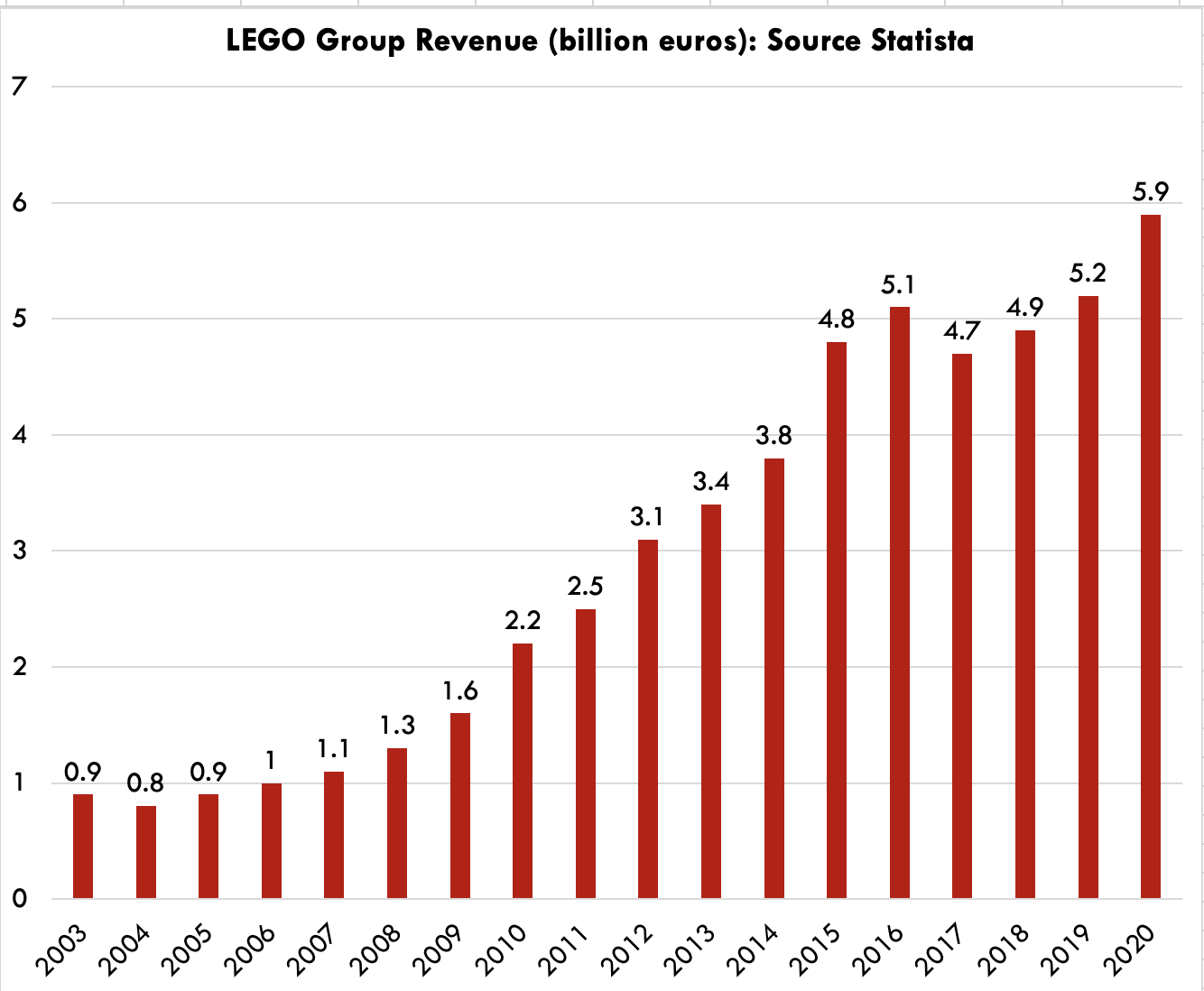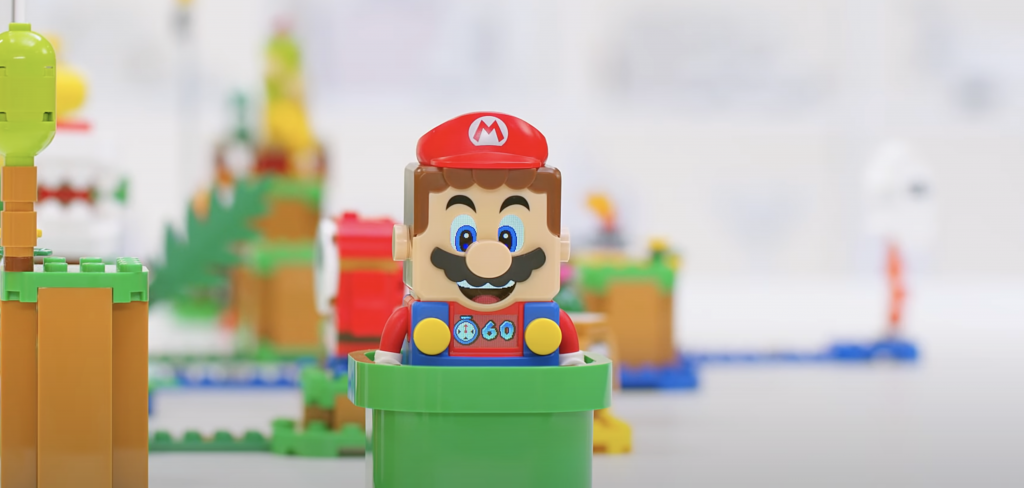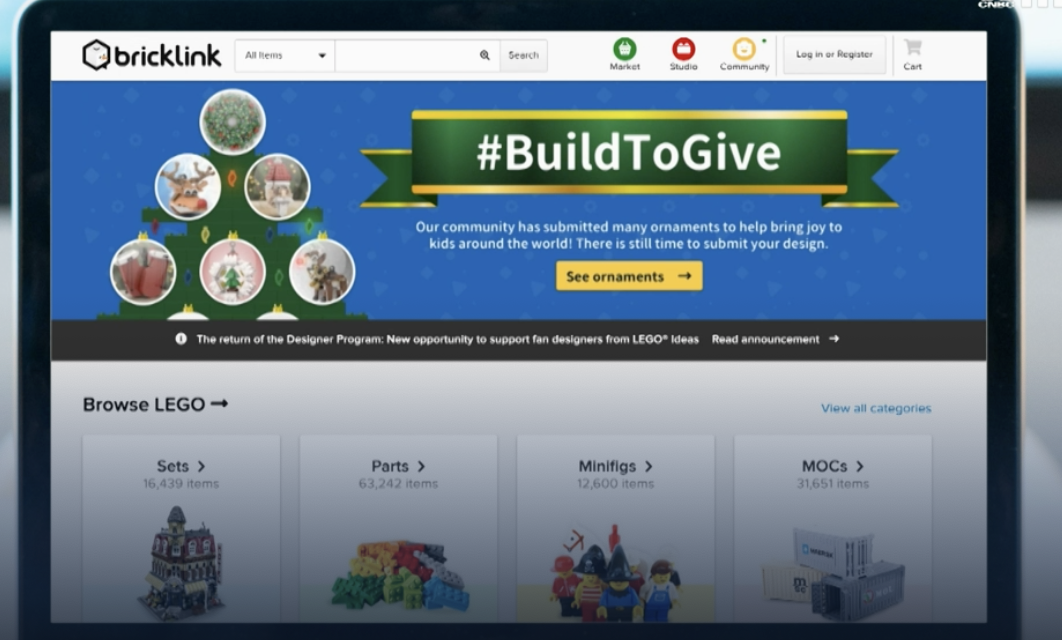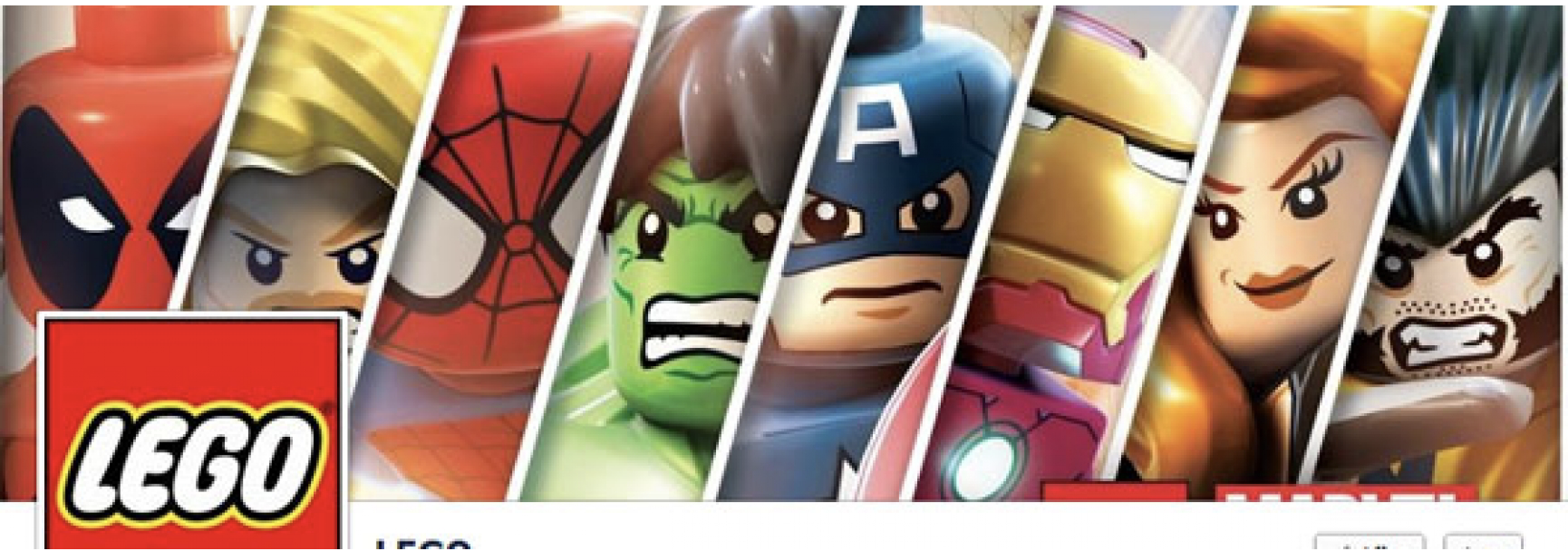Lego is a lockdown winner, with 2020 sales growing +13%, profits up +20% and market share gains achieved in its 12 largest markets (1). But these short term results are the reward for more than a decade of core revitalisation. The company has grown in 15 of the last 16 years, with 2020 revenue 7.3 times what is was in 2004.
In this post we look at some of the key learning from Lego’s program of constant core revitalisation.

1.Focus on the core
The strategic foundation for today’s growth was built in the mid 2000’s by CEO Jørgen Vig Knudstorp. At that time, Lego had tried to grow by stretching away from the core. It developed in-house video games, launched a range of plastic jewellery, developed figures without bricks and ventured into clothing (see below).
These new ventures failed to take off and also distracted resources from the core, which continued to decline. “It became less fashionable inside the company to be doing the core experience, you want to be dong the new stuff such as books or theme parks,” explained Jørgen in an interview (1). “All the talent, energy and management attention goes that way.” The business made a heavy loss of $200 million in 2003.
Jørgen’s core revitalisation re-focused Lego on what made it famous: playing by building with Lego bricks (the name Lego is Danish for ‘play well’). He sold off peripheral businesses such as theme parks and video games. He cut back the number of parts, which had ballooned from 6,000 to 12,000, causing a nightmare of logistics and storage. The focus was on Lego bricks that could be used in multiple creations.

2.Upgrade the core
Lego invests heavily to constantly upgrade its core product range. A great example from 2020 was the tie-up with the games company Nintendo to create a Super Mario product concept. This new offer brings together physical and digital play, allowing users to create their own real-life game, based on a Super Mario figure with built-in functionality: a motion sensor creates different noises depending on whether he is shaken, falling over or jumping! The Super Mario starter set was Lego’s top-selling product, despite only being launched halfway through 2020 (1).

3.Refresh your brand to be relevant
Key to Lego’s core revitalisation has been staying culturally relevant and newsworthy. A key core extension has been the licensed collections using movie properties such has Harry Potter and especially Star Wars. The latter accounts for an estimated 1/3 of all Lego sales. Lego invests heavily in these licenses, spending an estimated € 270 million a year on them!
Another marketing masterstroke was the launch of The Lego Movie. This movie was a blockbuster success with box office takings of over $460million and a profit estimated here at a cool $229million. In a smart move, Lego didn’t try and go it alone in an area where it lacked capability. Rather, the company entered a joint venture with Lucasfilms. The team created a 5 minute pilot episode, aired on the Cartoon Network. The success of this small scale experiment gave them the confidence to create a full-blown movie.
4.Drive reach
Lego’s growth shows the power of increasing penetration by extending your brand’s reach. The company has done this in several ways:
Consumers
Lego is a great example of driving reach to as bigger group of consumers as possible. Lego Friends was created to appeal specifically to girls versus the boy-oriented focus of the brand before. Another important source of growth are the adult fans of Lego, or AFOL for short. AFOL is “a global network of collectors, master builders, crafters and self-confessed brick addicts.” (4)
Geography
Geographic growth beyond the traditionally strong markets of the UK, US and Germany is another key way of driving reach. China is a key market for Lego, with “more than two-thirds of the world’s 2 billion children expected to be living in East Asia by 2032,” according to Bloomberg (5). The brand had one single store in China in 2016 but expects to have 300 by the end of 2021 (5).
Omni-channel
As you’d expect, Lego’s ecommerce sales exploded in 2020, doubling in a year. Big investments in the brand’s online presence paid off.
What is more interesting is the company’s continued commitment to physical retail. “The company opened 130 new shops in 2020, 91 of which were in China, and plans further openings this year, which will take its global store count from 678 to 800,” according to the Guardian (1). Physical stores are seen as a key marketing tool to drive trial in new markets like China where parents did not grow up Lego. “Kids get to see what Lego is and play with it,” current CEO Niels Christiansen observed. “It’s a brand built on the physical.”
5. Involve your fans
Lego draws on the creative energy of its large army of fans around the world who come up with new ideas for free. The ideas are displayed on The Lego Ideas website. If an idea gets 10,000 votes Lego will look will look at it. The lucky few like the Friends Central Perk set below go into production and earn 1% of sales for the creator.

Lego fans are also a fantastic source of social media presence. The brand is perhaps the world’s best example of stimulating and harnessing the power of user generated content (UGC). The company says a photo of a Lego creation is uploaded every 2.7 seconds. An example is Evan Moana, whose EvanTubeHD YouTube channel has 6.8 million followers alone.
Lego strengthened its ability to harness the power of UGC by buying Bricklink. This online platform has 1.1million members, allowing Lego fans to buy or sell parts and chat about their creations.

6.Keep your organisation efficient
There are lots of great things Lego have done to create demand. But a lot of hard work has also been done on the cost side. Back in the 2000s this involved moving production to countries such as Hungary and Mexico to get the cost base down (2).
More recently, a major organisational re-set took place in 2017 when sales declined by 8%. Jørgen explained at the time how the company’s structure had become overly complex, with too many layers and overlapping functions (3). In addition, inventory levels had become too big, slowing down sales. The company took one big hit to sort itself out, cutting 1,400 jobs and reporting a profit drop of 17%. This short-term pain paid helped create long-term gains, with revenue and profits returning to growth in subsequent years.
In conclusion, Lego is a cracking example of how constant core revitalisation is the key to sustainable and profitable growth.
SOURCES:
(2) https://www.ft.com/content/476acab8-c11c-11e6-81c2-f57d90f6741a
(3) https://www.cnbc.com/2018/03/06/lego-results-2017-sales-fall-for-the-first-time-since-2004.html
(4) https://www.wired.co.uk/article/lego-60-anniversary-afol-community-adult-lego-fans
(5) https://www.bloomberg.com/news/articles/2020-12-16/lego-plans-physical-store-expansion-in-china
